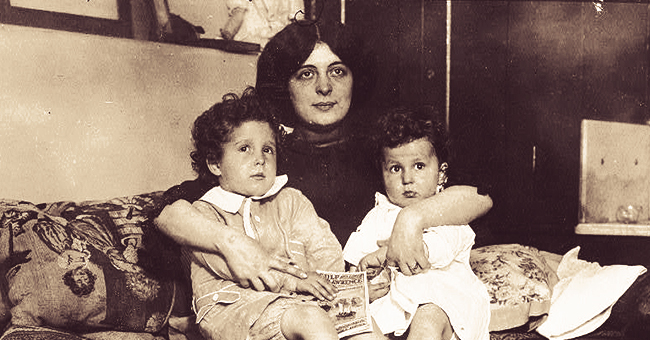
Titanic Struck an Iceberg 109 Years Ago — Survivor Stories Describing How the Liner Sunk
One hundred and nine years after the mythical transatlantic disappeared into the depths, its history lives through the testimonies of survivors of the tragic accident, fascinating people worldwide.
More than 2,200 passengers were traveling in the colossal ship, of which only approximately 700 people survived to tell their stories. Many of those stories of Titanic survivors were lost over time.
Some never spoke publicly about the sinking of the Titanic, while others shared their stories of the distressing hours during the sinking of the ship and also the rescue stories through interviews, memories, and talks. Some of them are the following:
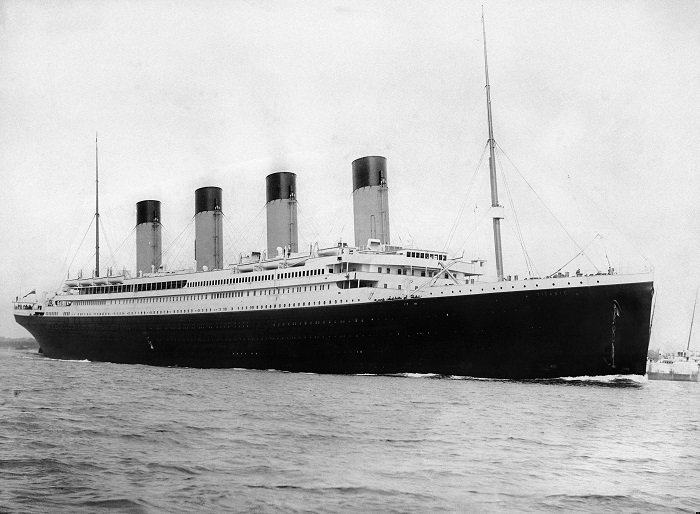
RMS Titanic departing Southampton on April 10, 1912 I Image: Wikimedia Commons
THE “NAVRATIL ORPHANS”
After the dramatic divorce of Michel Navratil Sr. and his wife Marcelle Caretto, mother of their children, Michel and Edmond Navratil, Marcelle had custody of the children. But Michel thought that because of her infidelity, this was not fair and decided to start a new life with the children in New York.
He took out the 2nd class tickets like widower Louis M. Hoffman and his children, Lolo and Momon. When the sinking of the ship began, Michel secured two seats for his children in the lifeboats. However, there was no place for him.
He spoke seriously with Michel, who was only 3 years old, leaving a message for his mother. The boy had to tell his mother, when she picked them up, that he loved her and that he hoped she would follow them together to start a new life in New York.
The mother had no idea where her children were, and thanks to the newspaper photos, she was able to locate and meet them one month after the shipwreck. The children did not speak English, and only by the intervention of a Francophone passenger, authorities managed to identify them.
THE UNSINKABLE MOLLY BROWN
Margaret Brown earned the nickname for taking control of one of the lifeboats and threatening the mayor with throwing it overboard. Her mission was to return for survivors, and although the story is not very clear about it, remembered for her courage, not only during that fateful day.
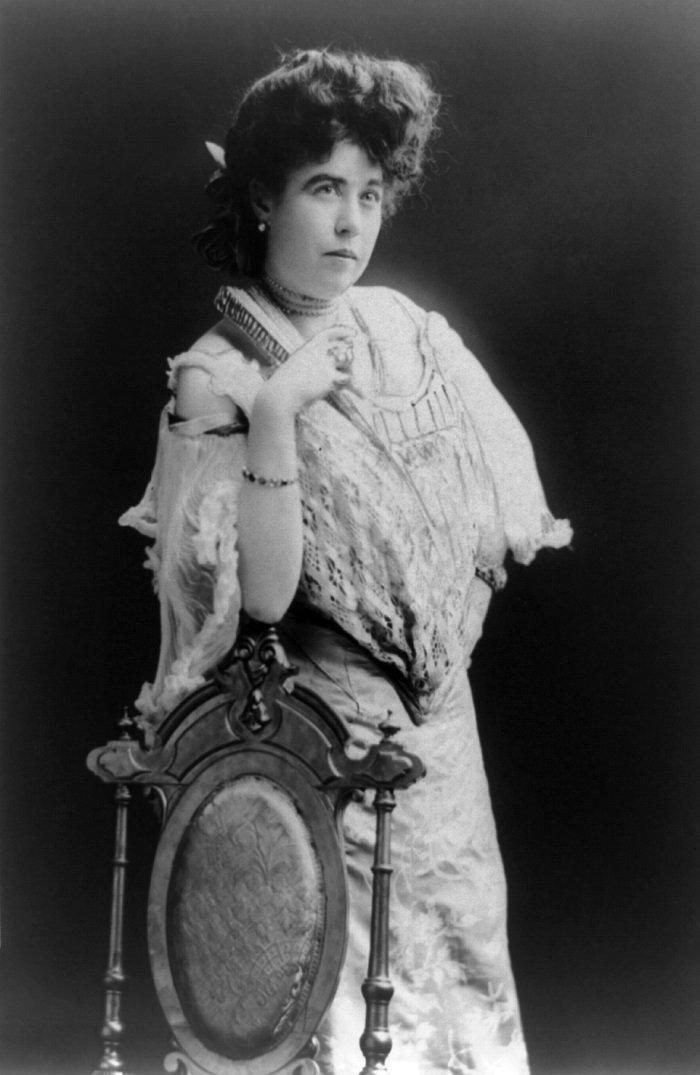
Mrs. James J. "Molly" Brown, survivor of the Titanic I Image: Wikimedia Commons
She was born poor and married for love, with a poor man like her, who against all odds came forward and with the new fortune she enjoyed, Margaret became a philanthropist, socialite, and traveler, who was not afraid to work and help.
When the ship sank, she struggled to get them to board the largest number of passengers, and it is said that they even paddled. She took advantage of the fame for surviving the Titanic, publicly campaigned for women's rights, and the poor's education.
ELIZA GLADYS “MILLVINA” DEAN
After boarding the ship being just 2-months-old, she had the honor of being the youngest of the survivors. They were 3rd class passengers, and all their belongings were with them. Dean's father saved them; he was on deck when he realized that something bad was happening.
He helped his wife dress the children and quickly left the third class. A quick thought that made his wife lead the terrible and huge line of people that was forming. Dean, her brother, and her mother managed to get on a boat, but their father failed.
Upon arriving in New York, the shattered family did not want to continue to Kansas, and with a broken heart, they returned to their native England.
“MISS UNSINKABLE ” VIOLET JESSOP
Violet Jessop had the bad luck of having been aboard the three ships, the Titanic and its two sister ships, when they met the disaster on the high seas. Jessop was a flight attendant, and when the Titanic hit the iceberg, she had already survived an almost fatal accident at sea.
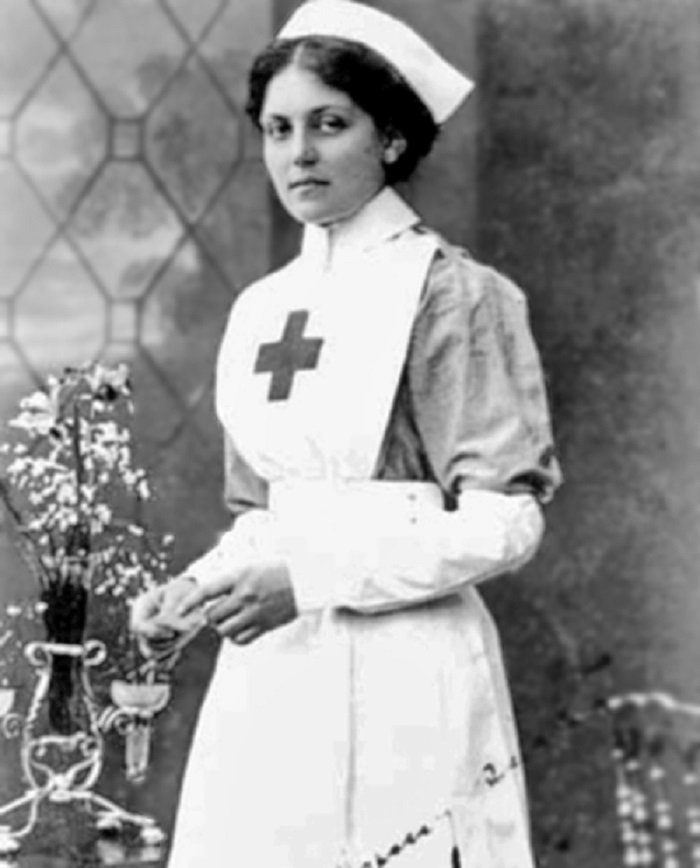
Violet Jessop, photographed in 1915 as a nurse for the Red Cross I Image: Wikimedia Commons
As she wrote in her memoirs, she loaded the lifeboats and modeled a calm and orderly behavior until they were finally ordered to board the lifeboat 16. As they lowered the boat into the water, one of the officers gave Jessop a baby to care for. Upon reaching the ground, a woman, presumably the baby's mother, took him from her arms and ran away.
FREDERICK FLEET
Frederick Fleet was a British sailor who was only 25 years old when he approached as a Titanic crewman. It was Fleet who made the famous call to the bridge: “Iceberg! Go ahead! "By the time his shift ended at midnight, people were already approaching lifeboats.
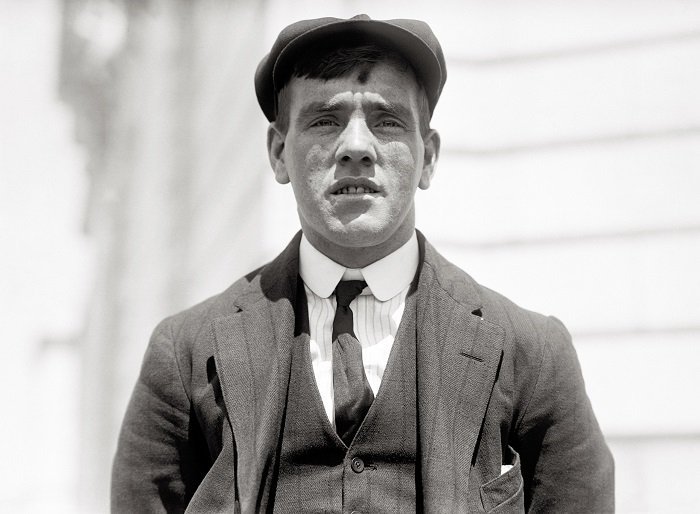
Frederick Fleet, british sailor and Titanic survivor I Image: Wikimedia Commons
He was ordered to row lifeboat 16, the one occupied by "Unsinkable Mollie Brown," and put his group of survivors safe at the RMS Carpathia. Although he had seen the iceberg, his role in the tragedy became the reason for a series of consultations.
People wanted to know if the accident could have been avoided. Fleet always said that he could have avoided it if he had had binoculars, something that the Titanic surveillance team had asked for and had been denied.
EDITH RUSSELL
Russell was a 33-year-old fashion stylist and consultant who traveled first class on the Titanic. She was one of the few survivors who said she saw the iceberg before anyone knew what was happening.
There was a very soft blow. Just a little hit. Then she entered her room, and there was a second light stroke; she knew something had happened. A man said, "that was an iceberg, and it's great!" They didn't think it was dangerous. They collected pieces of ice, and most of the passengers played snowballs!
MASABUMI HOSONO
Hosono was the only Japanese person aboard the Titanic and had to endure the contempt of his countrymen for taking place in a lifeboat and not sinking with the ship. Hosono slept in his cabin when he suddenly woke up with a frantic knock on the door.
Passengers ran from side to side while white flashes exploded on him; the crew was firing emergency flares. When he reached the lifeboats, he was rejected: he was a foreigner, the officer said, and he would have to wait on the lower deck.
A lifeboat shouted that it had room for two other passengers, and after seeing another man come in, he felt he should sink with the ship, but he wanted more than anything to see his wife and children again. He joined the man in the lifeboat; the ship's screams echoed as the boat moved away.
ANNIE MCGOWAN
McGowan was 15 years old at the time of the incident, and she was traveling with her aunt from Ireland to New York. She gave her first interview to talk about the sinking of the Titanic at age 86.
She commented that the women did not want to leave their husbands. She said that she heard them scream, and then she could hear shots in the background. Apparently, some of the men had tried to dress as women to be rescued and were shot.
She also remembers the men who were begging to enter her lifeboat. They said they would let them in or that they would shoot the lifeboat. Of course, they had to let them into the boat.
HAROLD BRIDE
Harold Bride, a junior wireless officer aboard the Titanic, was one of the two people responsible for sending SOS messages to nearby ships, which allowed RMS Carpathia to rescue the survivors.
Bride and 15 other people climbed a folding boat after a wave swept it off the deck, surviving until other lifeboats picked them up and took them to the Carpathia. Once aboard the Carpathia, Bride returned to work and began to help the ship's wireless officer send messages.
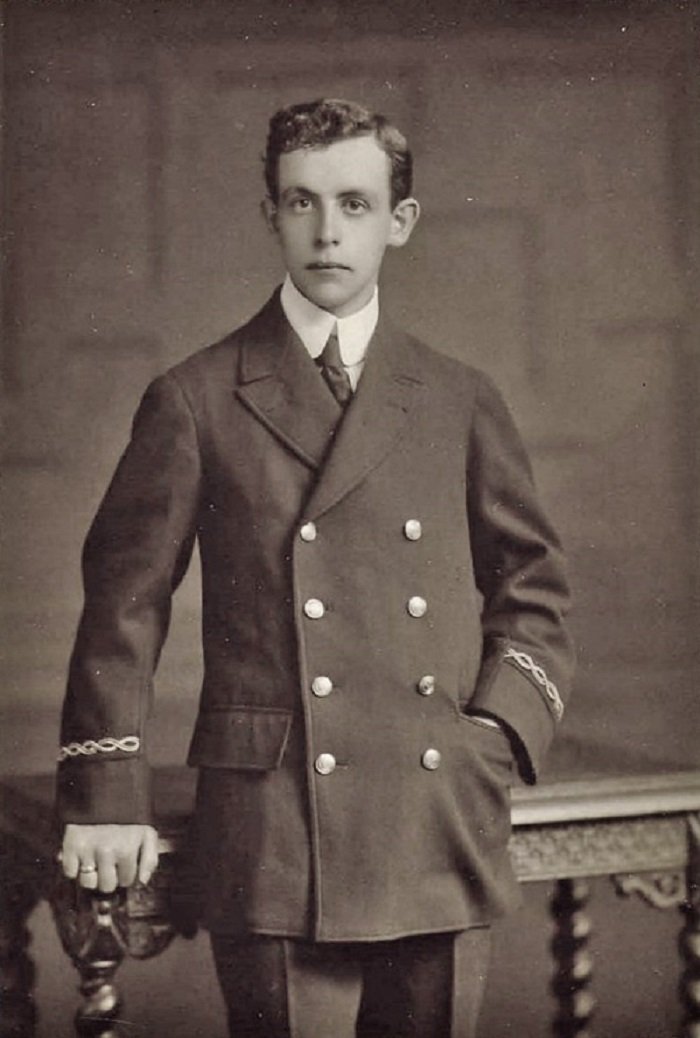
Harold Bride posing for a picture in April 1912 I Image: Wikimedia Commons
LAWRENCE BEESLEY
Lawrence Beesley boarded the Titanic in Southampton with a second class ticket. At the time of the impact, Beesley was reading in his cabin. He noticed that the ship had remained strangely still. When asked, they informed him that nothing was happening, but that didn't convince him.
Upon returning to the deck, he could see how the lifeboats were ready. Being a man, his chances were not good, but a lifeboat that was leaving had space for one more passenger, and since there were no women or children present, they called Beesley to board.
He wrote about his experience in "The Loss of the SS Titanic," published nine weeks after the accident. During the filming of the movie about the Titanic in 1958, "A Night to Remember," Beesley crashed the set during the sinking scene in hopes of "sinking with the ship," but the director took it out.
Other survivors of the tragedy also told their stories during the years following the wreck. For example, survivor Elin Hakkarainen granted a full interview in 1987 where she detailed her terrible experience in the ocean liner described by its creator as "impossible to sink."
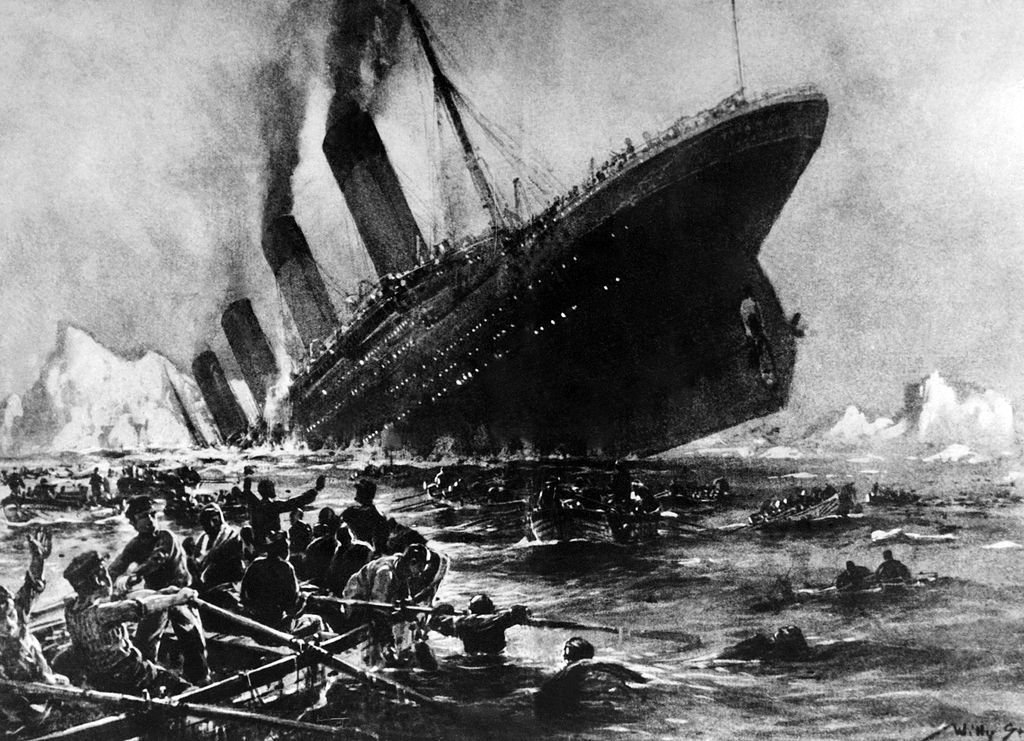
Am unnamed artist's impression of the Titanic shipwreck off the Nova-Scotia coasts, during its maiden voyage. | Source: Getty Images
SECRETS OF THE TITANIC
The Titanic left Southampton, England, on April 10, 1912, and sailed its way to New York City. With its luxury branding and strong exterior, it was deemed an unsinkable liner. Five days from its departure, the Titanic sank in a matter of two and a half hours after hitting an iceberg.
Many aboard were hailed heroes for helping others survive before themselves, including the ship’s band, who played music until the very end in an attempt to keep the passengers calm as the Titanic sank.
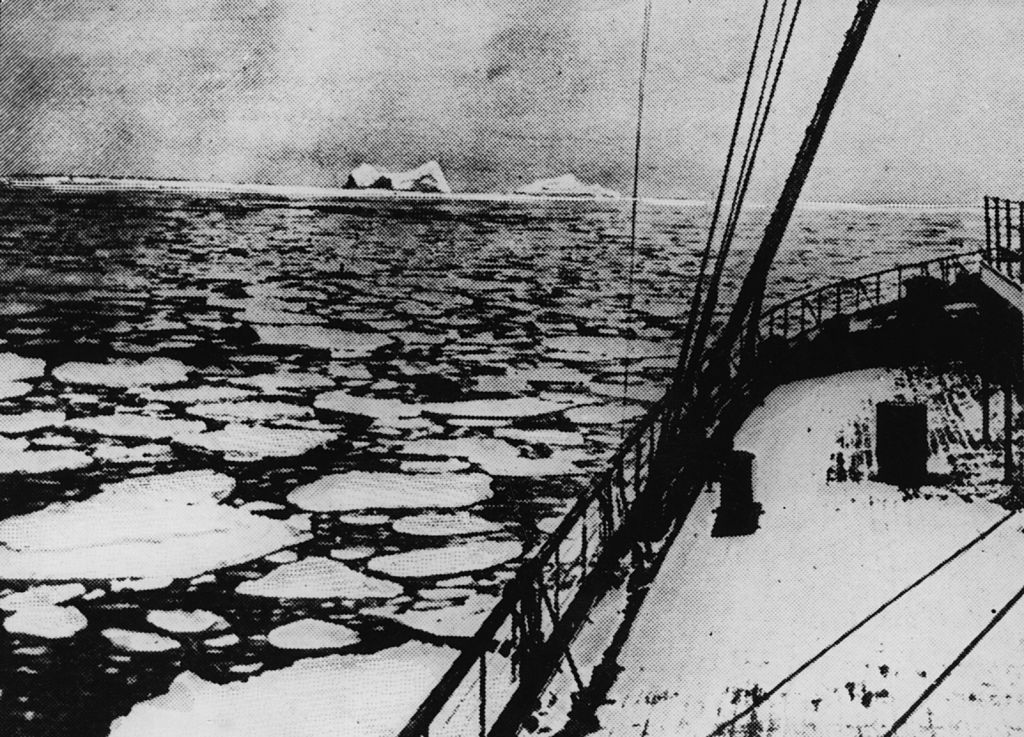
Latitude 41' 46N and longitude 50' 14W, the place where the 'Titanic' sank on April 4, 1912: . Original Publication: The Graphic - pub. 1912. | Source: Getty Images
As soon as the water began entering, crew members were reportedly instructed to save women and children first. Meanwhile, others claimed that third-class passengers were forcibly locked inside, although no evidence can prove it.
They were, however, stationed away from the other passengers as US immigration protocol dictated and partly because of possible diseases they may have carried. Although with better facilities than normal ships, third-class passengers also shared two bathtubs among 700 to 1,000 people.
The tragic incident turned into a hit Hollywood film in 1997, focused on the tale of two lovers on board the Titanic, starring Kate Winslet and Leonardo DiCaprio. The film brought the two actors to Hollywood fame.
